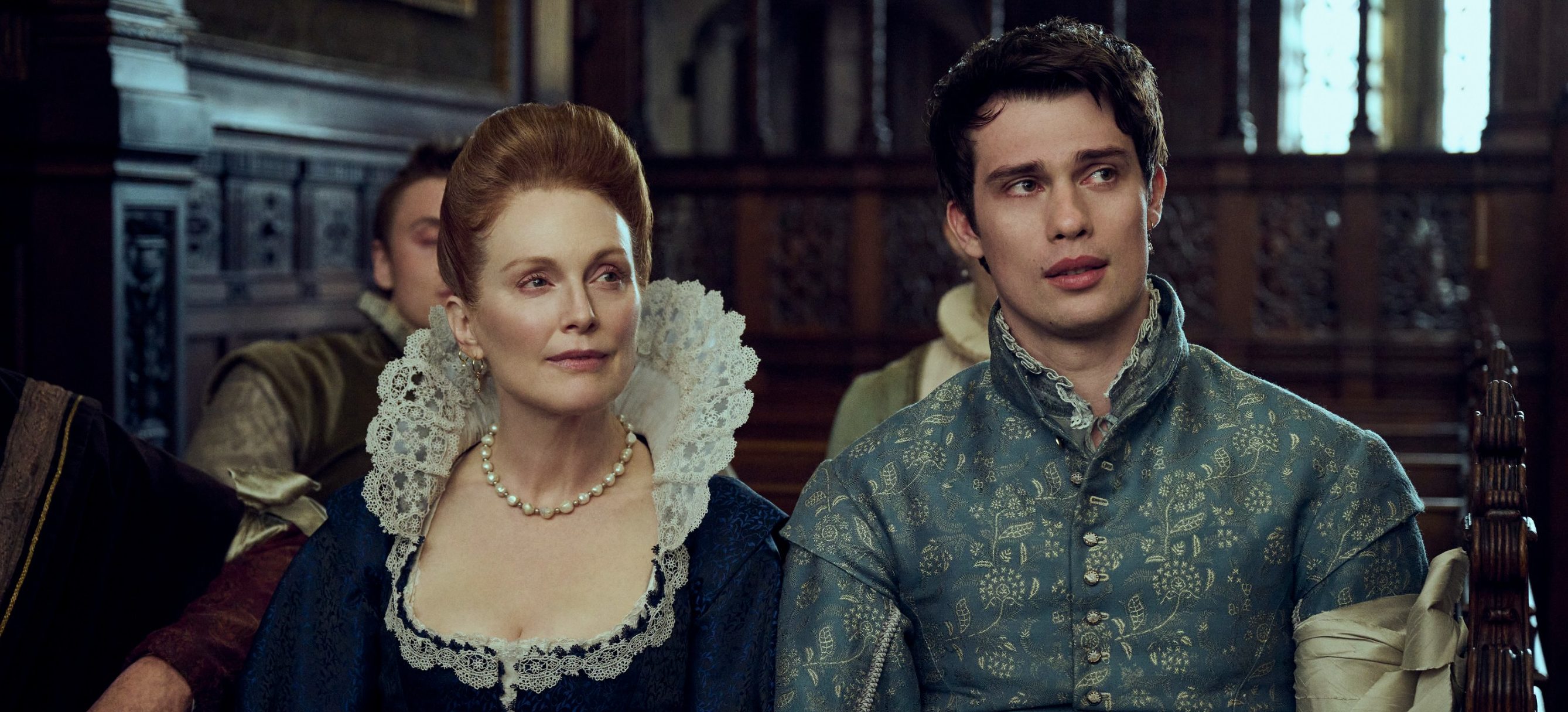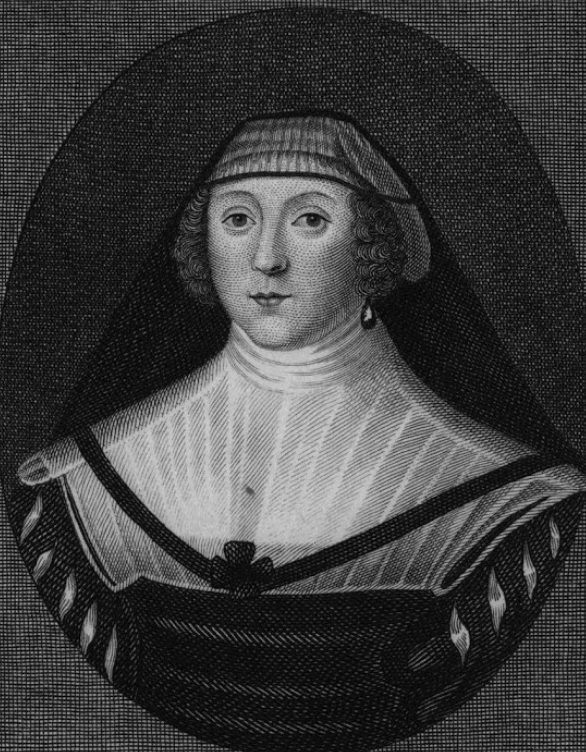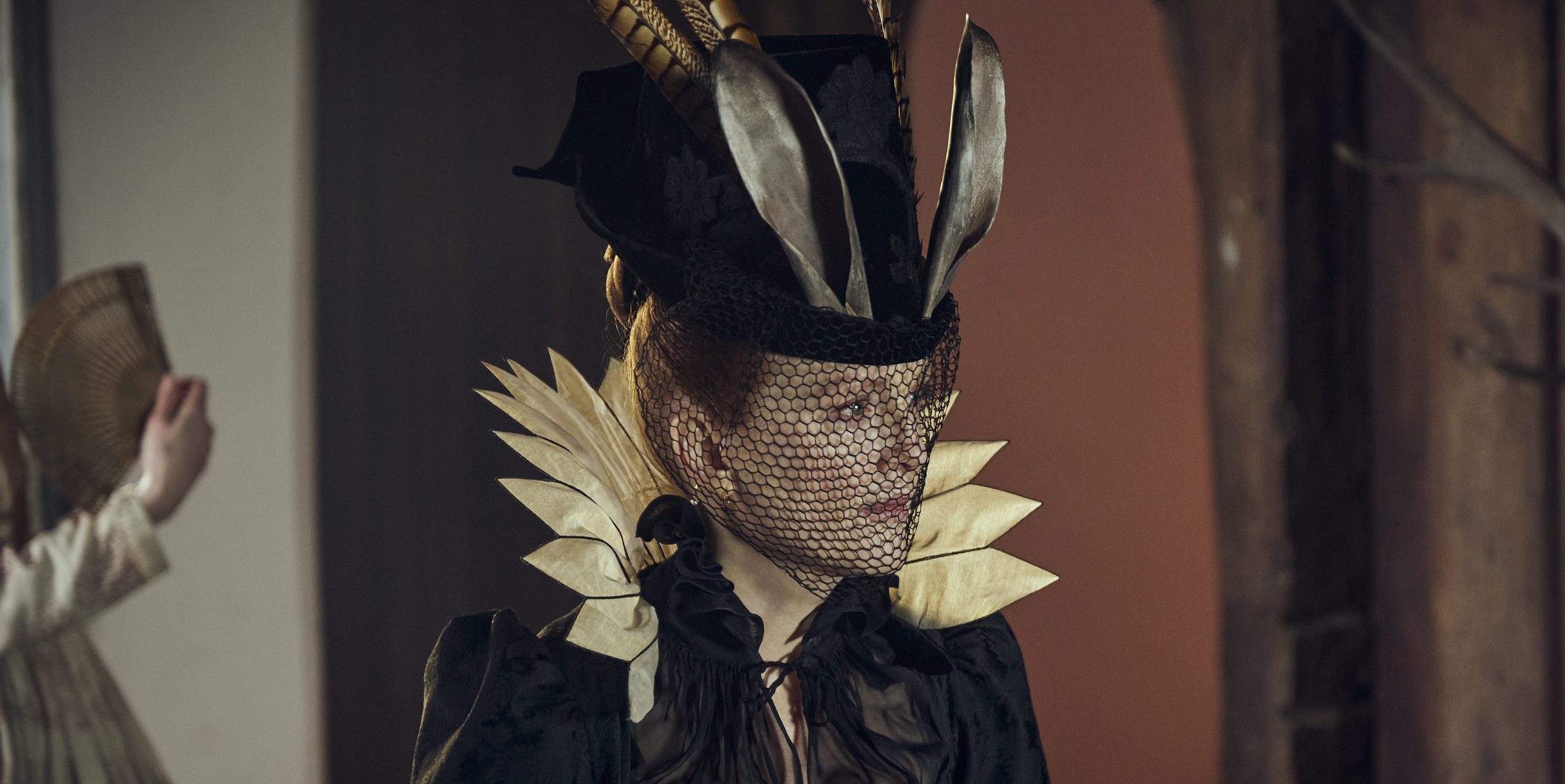In Starz’s historical series ‘Mary & George,’ Mary Villiers ends up having a complex relationship with Sandie, a sex worker who becomes the sweetheart of the former. Mary and Sandie’s relationship adds to the ambiguity that revolves around the woman who is mostly identified as the mother of the man who became King James I’s “favorite.” D. C. Moore’s show is an attempt to unearth Mary from oblivion to emphasize her importance in the life of her son George Villiers, who earned dukedom from the king. However, Mary’s same-sex relationship is not a part of her real history, at least considering what we know about her!
Mary Villiers’ Sexuality
Mary Villiers’ same-sex relationship is a fictional storyline D.C. Moore and his team of writers conceived for ‘Mary & George.’ There aren’t any reports, accounts, or documents that reveal Mary ever had a female partner. Mark Turnbull, a historian and one of the biographers of Charles I, made it clear that there isn’t any evidence to prove Mary was a lesbian or bisexual. “[Mary] begins a relationship with a female prostitute, Sandie Brooks, despite no evidence of any lesbian liaisons,” he wrote in Historia Magazine, the publication of the Historical Writers’ Association.

Sarah Bendall, a senior lecturer at Australian Catholic University, and Megan Shaw of the University of Auckland also claimed that Mary’s lesbian encounter isn’t backed by historical evidence. “History has not been kind to Mary. Her ambition for her family marked her as greedy, calculating, and ruthless, which the show extends to lesbianism and murder despite the absence of any historical evidence,” Bendall and Shaw wrote in The Conversation. Mary and Sandie’s togetherness can be seen as the representation of the unrecorded queer relationships that existed in the 17th century.
Niamh Algar, who plays Sandie, believes that the show ensures the representation of queer women existed centuries ago. “Because they [independent queer women] exist! Just because they weren’t written down and documented doesn’t mean that they weren’t there. History can be rewritten. In the 17th century, the history of women and what women did was never documented because that would have been giving a voice to a woman. Mary Villiers did exist, and she did the extraordinary in such a short space of time,” the actress told DIVA.
Mary’s fictional queer identity is significant as far as the narrative of the series is concerned. In the show, Mary’s male relationships are based only on advantages. She married Sir George Villiers because he freed her from her life as a servant girl and offered her an opportunity to become a part of the English aristocracy. Likewise, she weds Sir Thomas Compton to maintain her social status and remain a noblewoman. She doesn’t even hesitate to reveal to Compton that all she cares about is her prestige. Even her relationship with her son George is based on the favors he can extract from King James with his beauty and charm.

In other words, men for Mary are only usable tools. She doesn’t form any emotional attachment or endearing companionship with any of her partners. Sir George’s abusive nature even suggests that their sexual relationship is likely forced. Moore and his writers might have approached this pattern as an opportunity to explore Mary as a fictional gay character. With Sandie, Mary is soft and submissive. She is a different person when she is with her female partner, who allows her to be vulnerable and kind. Mary loses her tough exterior to share a warm companionship with Sandie and such a togetherness liberates her, especially considering the overwhelming marriage she had with Sir George.
By presenting Mary as a fictional queer character, Moore’s show pays homage to the gay or bisexual women who existed in the 16th and 17th centuries, who had to hide who they really were and tolerate relationships with men that were forced on them.


You must be logged in to post a comment.